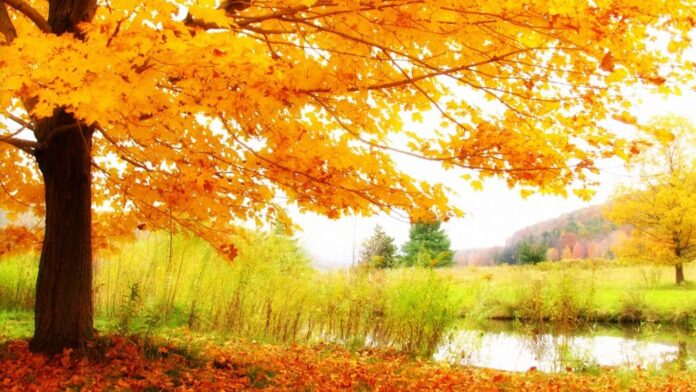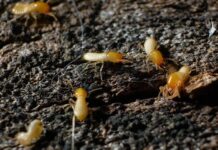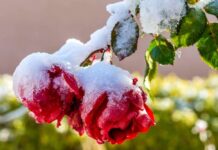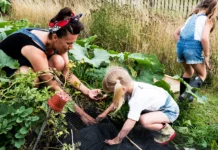Spinach, mache, argula, lettuce, beets, carrots, turnips, peas, kale, radishes, violas, calendulas, asian greens and more are the best seeds that you can decide to plant during the fall season. The fall is regarded as the best planting season and that is exactly when shoppers are encouraged to plant, buy trees and also shrubs but that is also the perfect time for growing flowers and vegetables as well. All of these and more are explained in our why fall is the best period for planting article.
Check This Out – How Gardening Contributes To Your Health
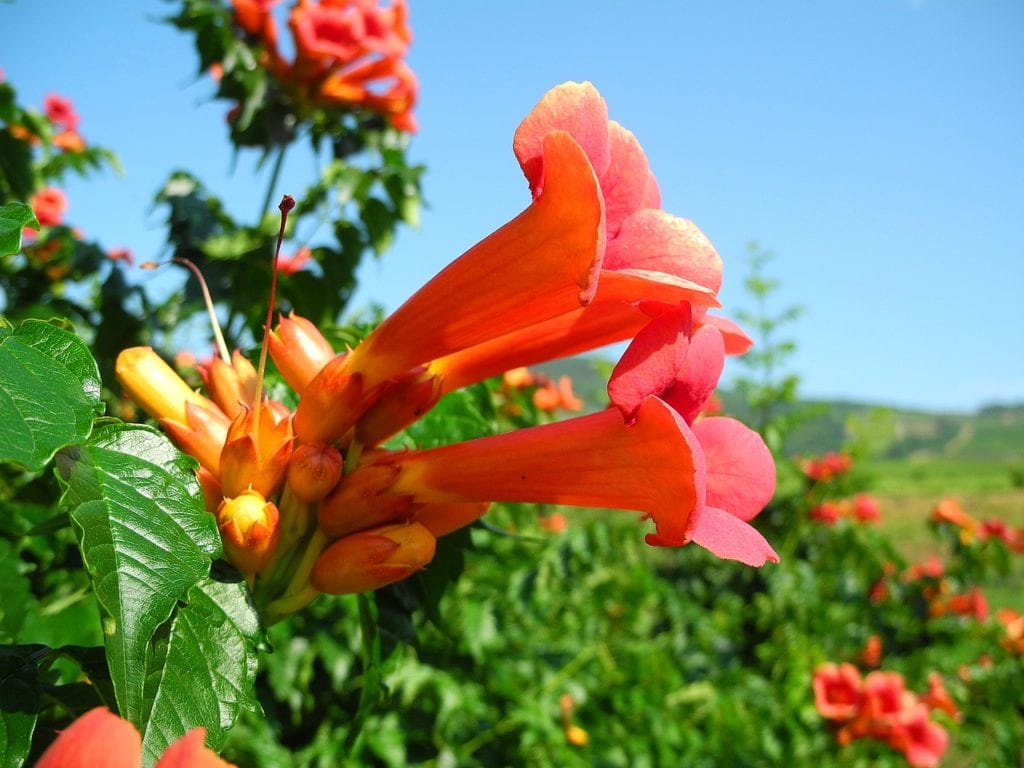
Why Fall Is The Best Period For Planting
Seeds should be planted during the late summer periods and this is because it helps seeds in taking advantage of the cool nights, balmy days as well as the warm soils that fall comes with. Below are reasons why we consider fall as the best period for planting;
Thinking Ahead
Why not think about the possibility of harvesting salad turnips, sweet carrots, greens as well as edible peas. It is also possible to grow fresh vegetables even in northern climatic conditions and you can also start by check seed packets for information on days it would take seeds to mature. When you get this, add fourteen days to the figure you got from the packet and minus the sum of your average first frost date. The answer you get is your seed starting date.
Contrary to what scares most gardeners, your garden would not come to an abrupt stop with the first frost but your garden would also carry on till some weeks ahead. Argula, Spinach, Kale and some other vegetables that would not stop producing till the fall season comes.
Aids Germination Of Seeds
During early spring, germination tends to get delayed due to cold soils but the opposite is the case during the summer period. Hot soils are not favorable for some seeds like spinach and lettuce as it stops them from sprouting but there are other ways one could go around this;
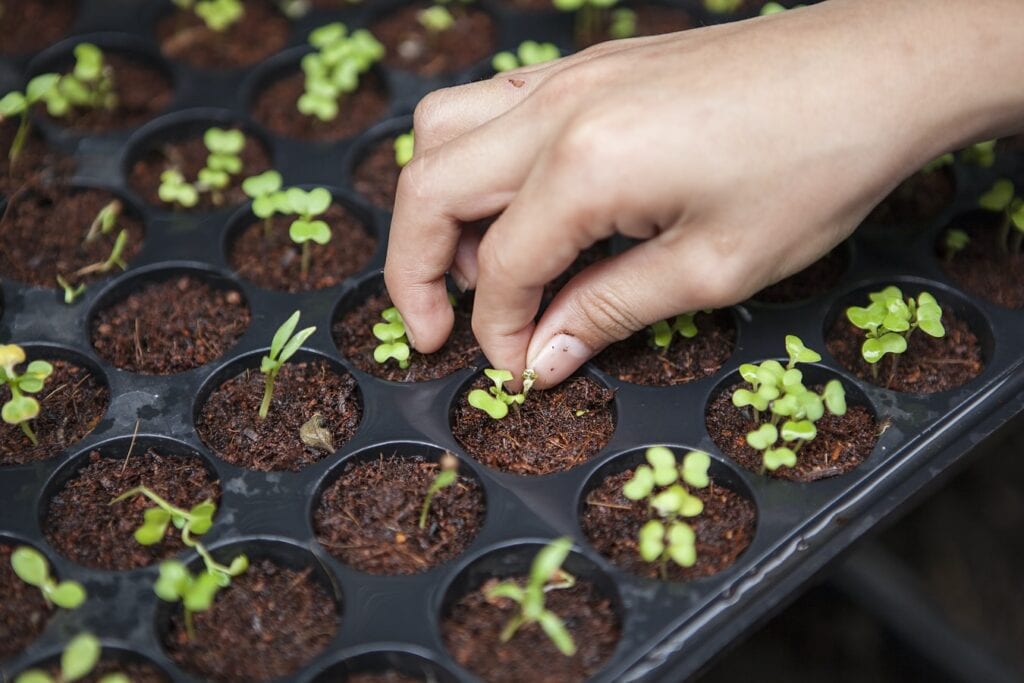
- Seeds should be sown in the shade of plants that are taller as it helps in offering adequate protection against afternoon sun
- Seeds should be grown indoors or in containers and they should be placed in shades while the young seedlings should be transplanted into the garden.
Interesting Read – Easy Steps To Obtaining Great Germination At All Times
Extension Of Harvest
You can get your fall garden to blossom even through cold weather conditions instead of protecting green from the hot sun. You can construct a basic cold frame using old windows and straw bales as they are helpful when it comes to protecting salad greens in the early winter and northern region. Collards, Kale, Asian Greens and Spinach are cool weather crops that do not require protection to last them through to the first hard frost.
Furthermore, in certain regions where you can’t find fresh frost, sweet vegetables and fresh greens have a high tendency of growing all through the winter.
Experimenting
You shouldn’t despair if you could not meet up with the late summer sowing date. However, there are fall seeds which are likely to germinate but yet turn dormant while others which are dependent on several weather conditions may go on to germinate during the late winter season. Whichever way this goes, what the result is likely to be a yield of succulent and fresh spring greens.
Mache and Spinach which are also referred to as corn salad are some of the best choices which can be sown during the fall season. Finally, one thing you should also do is covering up young plants using straw as the cold weather approaches and this would help revive them back to life during the early spring. Some other candidates are lettuce, argula, scallions and beets.
Related Review – Easy Steps In Growing A Child Friendly Garden

